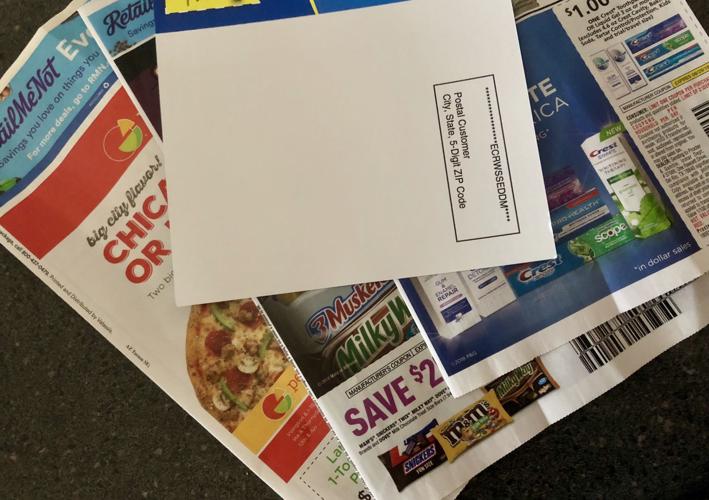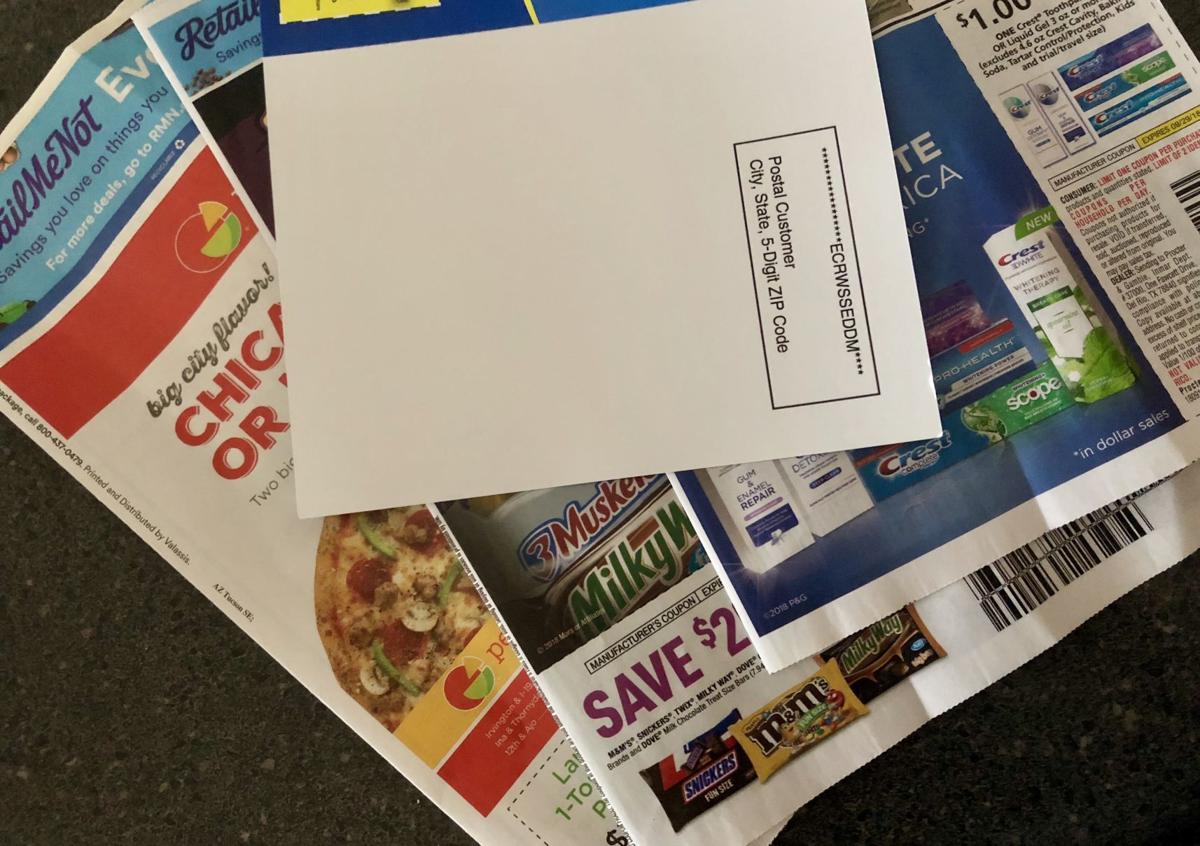Question: I am tired of all the junk mail in my mailbox. Is there a way to stop it?
Answer: We are glad you asked. According to the EPA, Americans throw away 41 million tons of junk mail a year. That is roughly a tree and a half per household annually. It costs another $370 million to annually dispose of unrecycled junk mail. Here are three websites that will help you tame your mailbox!
- To opt out of junk mail, go to DMAchoice.org
- To opt out of solicitations for credit cards and insurance, go to OptOutPreScreen.com
- To opt out of catalogs just in time for the holidays, go to CatalogChoice.org
Q: What is the easiest way to go paperless?
A: You have a few different options. A) Visit websites of your utility suppliers and anyone else that you receive regular invoices from and opt for invoices to be delivered to your email inbox rather than your mailbox. When they arrive in your inbox, file them in a separate email folder to keep them from getting lost in general correspondence. Once they are paid, store the invoices in a folder marked ‘receipts.’ B) If you use online banking, check out the electronic bill pay feature on your bank portal. Send payments from your account rather than using checks. C) Buy a portable scanner like the Doxie One. You can feed documents into it one at a time, which will convert them to a digital copy. That copy can then be imported into your computer (Doxie has a USB for importing or an SD memory card slot like the one kept in your camera). This is a great tool to clean up your paper clutter. You can digitally convert invoices, recipes, journals, tax information, medical records, and more. These can be stored in files on your computer that can be created, comparable to handing a file drawer. D) Convert your magazine subscriptions to digital and read them online. Order paper copies for your favorites that have wonderful photography, recipes, and journalism like Arizona Highways or Tucson Home and Garden.
Q: Is there a paperless solution to the mountains of pictures from years gone by?
A: Consider using a scanner like the one mentioned above. By scanning pictures and creating digital copies you create another layer of protections for those precious memories. Pictures can be imported from the scanner into your computer. Downloading the pictures onto a flash drive and storing elsewhere can give you yet another backup copy. Sorting pictures and documents in a cloud application like Dropbox is another backup that works well.
One of the challenges of having digital photos becomes sharing them with others. Gone are the days when one rushed to the drugstore to pick up their latest Kodak film (It was always disappointing to find multiple pictures of thumbs from covering the camera lens) that would be left out for the family to see. Now, with the improvement of smartphone cameras, many good pictures are taken and never even shared. Consider creating memory books online at resources like Shutterfly. They have a wide variety of products to have pictures printed on like calendars, mugs, card decks, bags and more!
Q: Is going paperless worth it?
A: It really can be rewarding to have clutter-free countertops and cupboards once you have learned to manage and convert digital information. It is also a good way to contribute to a green environment by reducing waste.
But it might seem overwhelming when first starting.
- Start small. Convert a couple of bills at a time from mailbox to email delivery. Create a system that makes sense to you. Review it often at first, it will take some time for a new system to become your default.
- Enlist help
.
- Those close to you will most likely be more than happy to show you what they know. But don’t just watch someone do it. Watch first and then have them watch you. Someone who works in the digital world every day can make it look so easy: “Just click here, scroll, there … now download and file!” Nothing helps solidify the process better than performing it yourself.
- YouTube is a fantastic source for how-to’s on just about everything! Put the search words ‘Doxie’ or ‘going paperless’ in the search function and you will find multiple videos that will tutor you through the process.
- If you have minimal experience, consider taking a course online or at your local community college.







